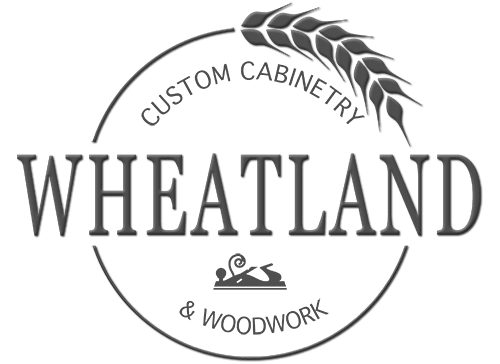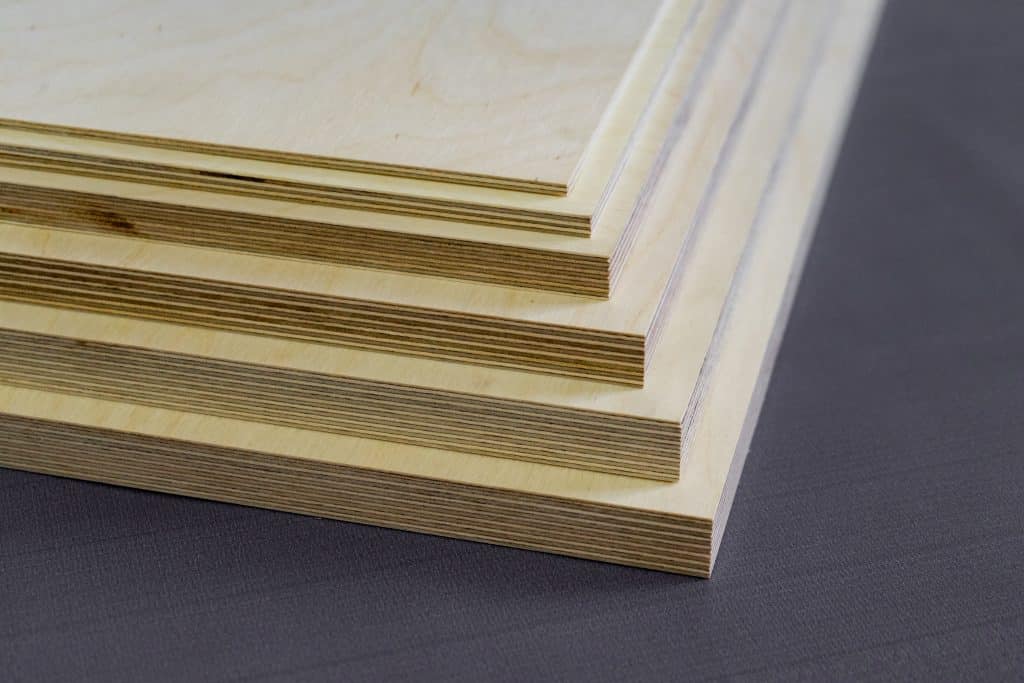The unsung heroes of the kitchen, holding our dishes, spices, and secrets (okay, maybe just the dishes and spices). But when it comes to choosing the right material for cabinet boxes, the battle often lines up between two contenders: plywood and particle board. So, which one should you crown champion of your culinary kingdom? Let’s delve into the pros and cons of each, equipping you with the knowledge to make an informed decision.
Plywood—Picture this: layers of thin wood veneers glued together at cross-grain angles. That’s plywood, a material renowned for its strength, stability, and ability to hold screws like a champ. Here’s why plywood might be the perfect fit for your cabinets:
Pros:
- Strength & Durability: Plywood’s layered construction makes it highly resistant to warping, sagging, and cracking, even under heavy loads. Think hefty pots and pans, say goodbye to wobbly shelves!
- Screw-Holding Power: Say goodbye to stripped screws and hello to a secure haven for your cabinet hardware. Plywood’s layered structure grips screws tightly, ensuring hinges and drawer slides stay put.
- Versatility: Plywood comes in various grades and thicknesses, catering to different budgets and needs. You can even opt for moisture-resistant varieties for areas like bathrooms or laundry rooms.
- Beauty (Bonus!): Exposed plywood edges can add a natural, rustic charm to your kitchen. Embrace the grain or paint it for a pop of color, the choice is yours!
Cons:
- Cost: Plywood typically comes at a higher price point compared to particle board. So, if budget is a major concern, you might need to do some strategic cost-cutting elsewhere.
- Weight: Plywood’s sturdiness comes at the cost of being heavier than particle board. This might require additional support structures during installation, impacting DIY feasibility.
Particle Board—also known as MDF (medium-density fiberboard), is formed by compressed wood particles bonded with resin. While not as robust as plywood, it offers its own set of advantages:
Pros:
- Affordability: Particle board is significantly cheaper than plywood, making it a budget-conscious choice for those on a tighter leash.
- Lightweight: The lighter weight of particle board makes it easier to handle and install, especially for DIY enthusiasts.
- Smooth Finish: Particle board’s uniform surface provides a smooth base for paints and veneers, creating a sleek and modern look.
Cons:
- Strength & Durability: Compared to plywood, particle board is less resistant to warping, moisture, and heavy loads. Over time, it might be prone to sagging or cracking.
- Screw-Holding Power: Particle board doesn’t grip screws as well as plywood, increasing the risk of stripped screws and loose hardware. Consider using special screw anchors for added security.
- Limited Versatility: Moisture-resistant particle board options are available, but not as readily as with plywood. Additionally, exposed edges might look less aesthetically pleasing than wood grains.
So, Plywood or Particle Board? The Verdict is Yours!

